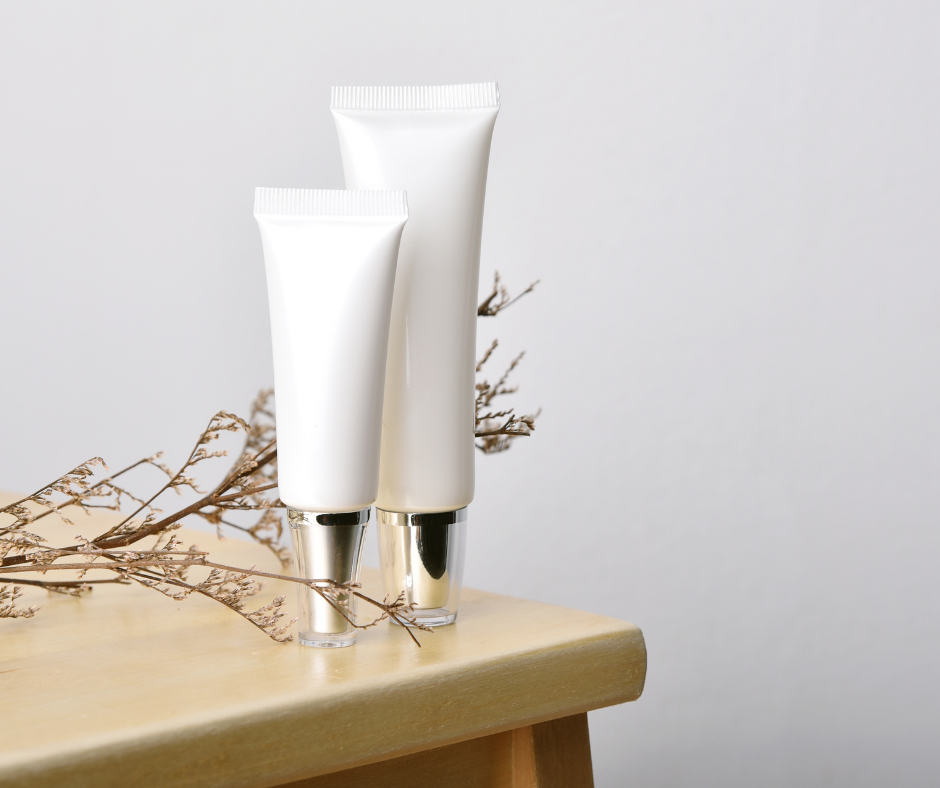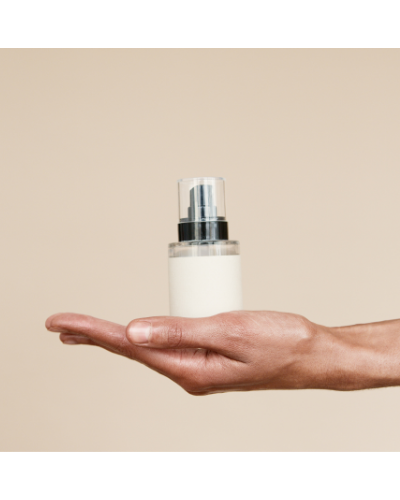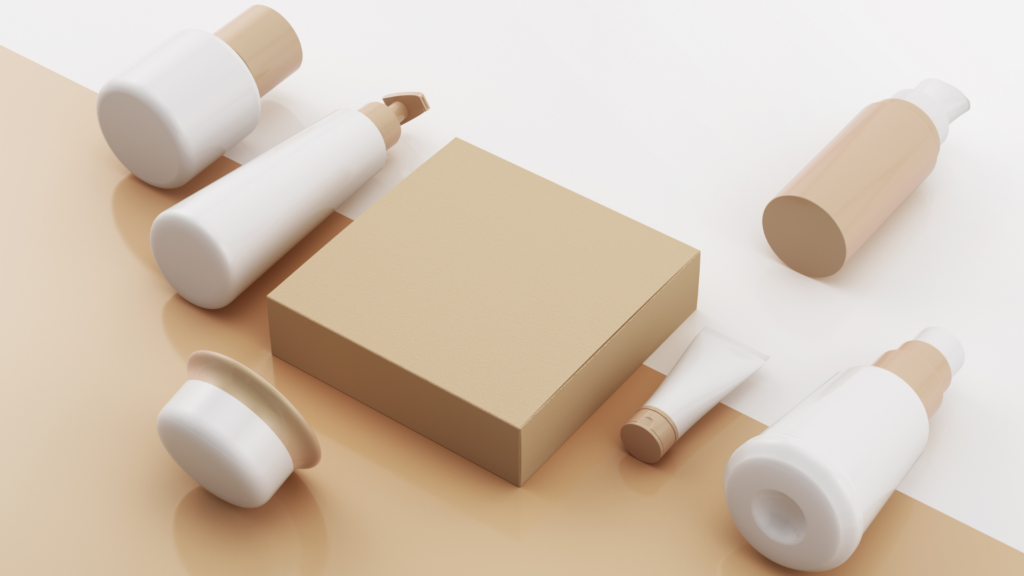In the beauty world, packaging must become more sustainable. There are ways to achieve this small revolution.
The context is well known. Since April 2021, a new and rather restrictive regulation limits the use of single-use plastic packaging. The decree of the Anti-Waste and Circular Economy Law (AGEC), known as the “3R” – for Reduction, Reuse and Recycling – is certainly not binding and does not set any prohibition, but it defines an objective for the period 2021-2025: to move towards the end of the marketing of single-use plastic packaging.
When beauty is ahead of the rules
“Faced with this regulatory pressure, professionals were right to take the lead, to be actors of change,” underlines Sabine Durand, Director of Infopro Digital’s editorial staff. The Federation of Beauty Companies (Febea) has launched an action plan to make packaging more sustainable in the cosmetics industry. And to build its “Plastic Act“, Febea has partnered with The (Re)Set Company, to go beyond regulatory expectations. The stakes are high: although the hygiene-beauty sector represents only 5% of total household plastic packaging, this material will still account for 44% of the total weight of solutions put on the market in 2021!
Sustainable packaging: it's up to brands to lead the way...
And the consumers in all this? “I think it’s important for brands to lead the way,” explains Françoise Dassetto, Founder of EFERDAY, a company specializing in strategic and creative support for small and medium-sized food & beauty companies. “For example, if we make the choice of the recyclability, it is necessary that the recycled packaging is really better for the environment and to communicate on it with clarity“. “Beware, however, of the schizophrenia of consumers who were, for example, very much in favor of the ban on plastic straws, but who have not really accepted the new straw models made of recycled materials,” points out Sabine Durand.

...and to educate the consumer on sustainability
Françoise Dassetto points out another problem: “Refill materials can sometimes be much more damaging to the environment than the original packaging materials. Moreover, in the Western world, the consumer has difficulty conceiving that an eco-refill can be more expensive than the reference product. Whereas in Asia, it has become a way of life... consumers are used to paying the extra cost. “

“Nothing is set in stone, if we take the trouble to educate the consumer and create with him an environment tinged with empathy,” says Sabine Durand. It is up to the brands to think about their narrative and the relevance of the packaging. Without losing sight of the fact that what we buy above all is a product. The key question of the use-packaging ratio thus comes into play. “Depending on how long a product is consumed, our appreciation will be different. Thus, a hard and bulky packaging for a product of fast consumption will be perceived negatively“, adds the founder of EFERDAY. In short, it is necessary to return to the essence of the packaging: to serve the cause of the product and to continue to create desirability.
A sustainable packaging solution
Solutions exist for this. Florence Dancoisne is Managing Director Europe of KNOLL Packaging, a company specialized in secondary packaging. In addition to working on cardboard – which has serious advantages, being recyclable up to seven times – Knoll offers an innovative solution: knoll Ecoform®. What is it? This new plant-based material made from bamboo fibers – a wood that renews itself very quickly – and sugarcane, is an alternative to thermoformed plastic platforms. Knoll Ecoform™ is 100% biodegradable and can be molded, custom cut, colored and decorated. Just one solution among many, for the beauty industry, which is increasingly looking to more sustainable packaging options.
You are interested and want to know more? Discover the packaging solutions of the future at the next MakeUp in Paris, from June 16 to 17, 2022.



